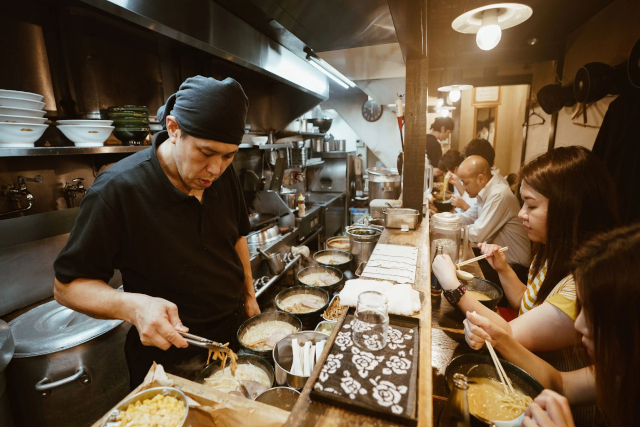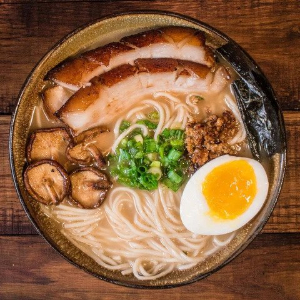It’s an economics story. Not a cultural upheaval, or even a general change in tastes, so much. It’s just that folks can’t afford to dine out anymore. Not even a bowl of Ramen. Traditional Japanese Ramen shops are closing faster than ever before…
 A classic Tokyo ramen shop: One of more than 23,000 across the country. But dwindling
A classic Tokyo ramen shop: One of more than 23,000 across the country. But dwindling
year by year, in what some say will eventually prove to be a death spiral…
Pure economics
Unseen Japan reports: “Inflation’s up, the yen’s down, and wages haven’t budged. Businesses can’t keep prices stable, and people can’t keep up with the hikes. This squeeze is hitting every corner of Japanese life, but one industry is really taking a hit: ramen shops. Many are struggling to stay afloat and are facing closure.”
In spite of its status as a Japanese staple, sales at the country’s hallmark ramen shops have dropped off consistently and precipitously since the COVID crisis faded out.
Prices of ingredients for the classic noodle dish have skyrocketed. The weak Yen has hit restaurants and other service businesses particularly hard. Unlike other developed countries, wages have not kept pace. Folks just can’t afford to dine out.
How much is it?
The average price of a bowl of ramen remains below 1,000 yen / (US)$6.70. The cheapest Unseen Japan could find was 860 yen / (US)$5.76. And the most expensive was 2,420 yen / (US)$16.20. That’s the ‘spiritual’ equivalent, on the Japanese scene, of that infamous $18 Big Mac outed a while back at a Connecticut Golden Arches.
Even so, ramen shop operators are unable to lower their prices and stay in business. At the same time, they are already in trouble. And raising their prices would just drive more customers away.
Once a ‘habit’
Ramen is an ancient, beloved tradition in its homeland. There was a time, not long ago, that ordin-ary Japanese folks would drop in to a ramen resto for lunch or a snack, or whatever, on the slightest excuse. But it’s priced itself out of reach for many devotées.
They’re still eating ramen, of course. Just making it at home. That includes consuming more instant ‘cup’ noodles and similar products.
My take
The rate at which ramen shops have been closing or filing for bankruptcy has been increasing over the past three year. From around 25 in 2022 to an estimated 100 plus this year.
Given the economic picture in Japan, it could be just a matter of time before the traditional ramen shop is history. But I think the ‘ramen tradition’ – as a business model – could benefit from some ideas being espoused by the North American Fast Food industry.
I’m not proposing that ramen crafters jump into the deep end of the AI or robotics pools. Just gear themselves more to takeout traffic. They could cut their rent considerably by reducing their dine-in floor space. And reduce their operating costs wherever possible. Alas, that could mean staff cuts. But that’s becoming an accepted (if harsh and unwelcome) reality of the 21st century, in the service sector as a whole.
I could deal, emotionally, with a significant change in the overall ramen shop business model – as long as the product doesn’t suffer. I’d like to think most Japanese ramen lovers feel the same…
~ Maggie J.

